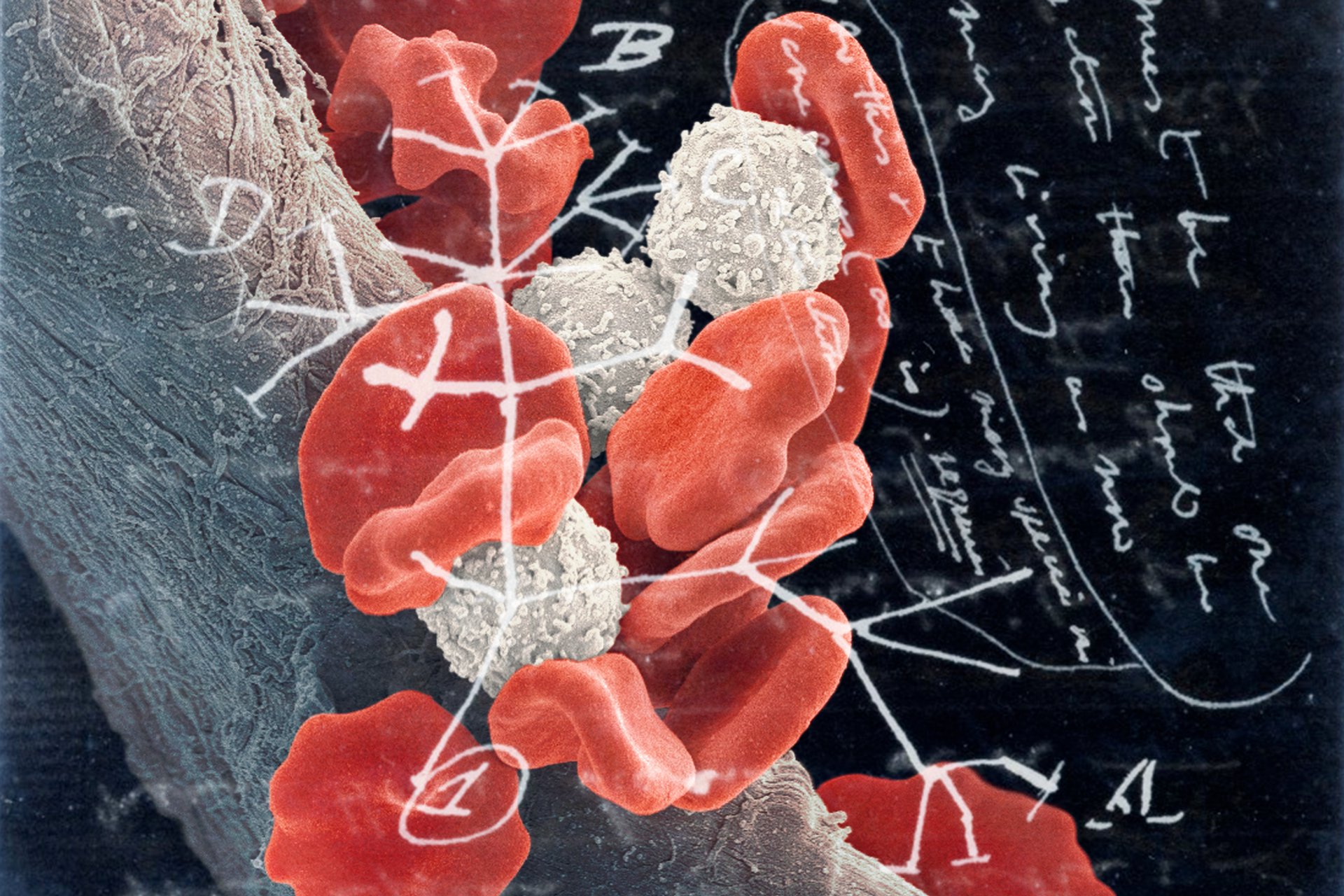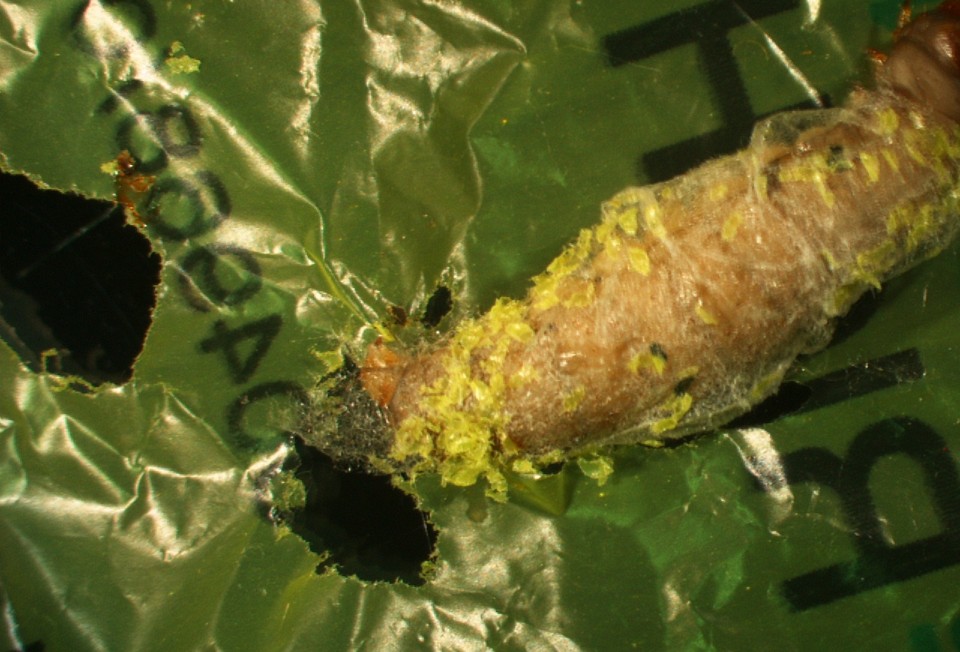The Ed's Up #184

A New Study Says Humans Were in America 130,000 Years Ago
“If the authors are correct, it would completely rewrite our best understanding of the peopling of the Americas,” says Jon Erlandson from the University of Oregon. “As scientists we're supposed to keep an open mind, but I doubt that many archaeologists will be convinced by this case. Extraordinary claims require extraordinary evidence, and I didn't find it here.” David Meltzer from Southern Methodist University concurs. “If you are going to push human antiquity in the New World back more than 100,000 years in one fell swoop, you’ll have to do so with a far better archaeological case than this one,” he says. Most of the experts I spoke to weren’t convinced by the presented evidence, and some were downright disdainful. “I was astonished, not because it is so good but because it is so bad,” says Donald Grayson from the University of Washington. (Image: Tom Deméré)

How to Fight Cancer (When Cancer Fights Back)
"In the classical view of cancer, a cell picks up mutations until it shakes off the checks and balances that restrain its growth, allowing it to divide uncontrollably and turn into a tumor. This linear process is a macabre version of that famous image where a chimp walks to the right and gradually morphs into a human hunter. And both visuals are wrong. In reality, tumors quickly become seething masses of varied cells, all with their own mutations. Over time, the fittest lineages produce more descendants and rise to dominance—the essence of Darwinian natural selection. So forget the linear march. The better visual is that of a tree, with an initial trunk radiating into a web of branches. In 1837, Charles Darwin drew one such tree in one of his notebooks to represent how species evolve from a common ancestor. He could just as easily have been sketching the birth of a tumor. This realization goes some way to explaining why the war against cancer has been so entrenched and unexpectedly difficult." (Image: Steve Gschmeissner / Getty / Charles Darwin)

The Very Hungry Plastic-Eating Caterpillar
"When she’s not working in her lab at Spain’s IBBTEC institute, Federica Bertocchini keeps bees. One day, when she looked at her hives, she found them infested with caterpillars called waxworms. These insects are the bane of beekeepers because they voraciously devour the wax that bees use to build their honeycombs. Bertocchini picked out the pests and put them in a plastic bag, while she cleaned out the hives. And when she returned to the bag, she found it full of holes. The waxworms had eaten their way out." (Image: Federica Bertocchini) 
Scientists Can Now Pull the DNA of Ancient Humans Out of Cave Dirt
"Around 45,000 years ago, in a Belgian cave, a Neanderthal died. As its body decayed, its cells split apart, spilling their contents onto the cave floor. Those remnants included the Neanderthal’s DNA, some of which stuck to minerals in the sediment. There, leashed to the very rock, the DNA persisted, long after its owner’s body had disappeared and its bones had been carted off by scavengers. And in 2015, a group of scientists scooped it up. Viviane Slon from the Max Planck Institute for Evolutionary Anthropology and her colleagues have now managed to extract and sequence the DNA of ancient animals from sediment that’s up to 240,000 years old. By doing so, they can infer the presence of Neanderthals, Denisovans, and other extinct hominids without ever having to find their bones." (Image: Monika V. Knul)
More good reads on science and technology
- Elon Musk is promising communication via brain implants, but his neuroscience is very naïve. By Antonio Regalado
- "A lab has successfully gestated premature lambs in artificial wombs. Are humans next?" By Olga Khazan
- “Whiteness is impacting how and where we see mathematics ability.” Melinda D. Anderson on a persistent problem in education.
- "The once barren rock was now covered in a lush carpet of long, white hair, the size of eight tennis courts.” Sarah Zhang on the mystery of Venus’s hair.
- Google's anti-ageing venture, Calico, is a black box. Julia Belluz reports.
- “William Taylor was dead and buried… but murder will out.” Raychelle Burks on a case of strychnine poisoning.
- In the wake of the March for Science, Virginia Hughes says that the organizers should have fully accepted that the march was political. Nidhi Subbraman writes about the Native American scholars who marched for indigenous science. And Emily Atkin notes that Bill Nye is the wrong guy to lead the climate fight.
- Grizzly bears have a human problem.
- “In science and medicine, diversity shouldn’t be optional,” argues Altaf Saadi.
- Bacteria buried deep in the ocean's floor seem to exist in slow motion, writes Veronique Greenwood.
- Hippos can’t really swim. So how do they move underwater? By Adrienne LaFrance.
- The elegant way online social networks "heal" after a death.
More good reads in politics and society
- Sophie Gilbert has written a truly excellent piece on the adaptation of The Handmaid’s Tale, while Rose Eveleth and Laura June have a podcast out on the first three episodes.
- "Earth doesn't forgive sloppy.” Trump’s plan for a border wall is literally on shaky ground. By Darryl Fears.
- As Trump approaches his 100-day mark, with few solid wins to show for it, 538 writes about 10 lessons from those days, McKay Coppins writes about the President’s thin-skinned need for self-validation, David Graham says that he has no one but himself to blame for this unenforced trap, and Politico documents Trump’s harsh learning curve, and quotes a staffer as saying, “I kind of pooh-poohed the experience stuff when I first got here, but this shit is hard.” The. Experience. Stuff.
- The Anne Frank Center is great at getting attention in its vocal opposition to Trump—but all is not as it seems. Emma Green reports.
- "Donald Trump went from intransigent chest-thumper to panicked back-pedaler in, what, six days?" In a week, Congress has twice successfully called Trump’s bluff, writes Michelle Cottle.
- In America, escaping poverty requires 20 years of nearly nothing going wrong.
- "Reality will contort itself to match his imagination." Amy Davidson looks at the Presidents’ recent, bizarre, unintelligible AP interview.
- People Are Trolling Trump's New Anti-Immigrant Hotline With Reports Of Space Aliens And The Government Is Not Amused
- Does terrorism sway elections? Krishnadev Calamur considers the evidence from past attacks
- Far-right extremist groups were responsible for 73% of deadly terrorist incidents since September 12, 2001.
- "Trump describes not watching TV as a new skill"
- Russia's interference in the U.S. election was just the beginning. Democracies across the West are vulnerable.
- Gamers in Hawaii can’t take part in competitions because of milliseconds of latency.
You can also follow me on Twitter or find my writing at The Atlantic. My New York Times-bestselling book, I Contain Multitudes, is out now. If someone has forwarded this email to you, you can sign up yourself.
And that's it. Thanks for reading.
- Ed